Flies (Diptera)
Root Maggot Flies
AnthomyiidaeThis family consists of 642 North American species in 39 genera. Most are plant eaters, and are named for their larvae that typically feed on plant roots. Many are considered crop pests, and may attack root crops such as onions or rutabagas. Other species may feed on decaying matter, on feces, or are predators of other insects. Adult flies are important pollinators, usually feeding on nectar and pollen.
Representative Genera and Species:
Crinurina, Fucellia
Pollinator Life Cycle:
They have four life cycles: egg, larva, pupa, and adult. Multiple generations may be produced annually. Some species over-winter as pupae, with adults emerging in the spring.
Rarity Status:
The status of Canadian species has not yet been assessed, and none are legally protected.
Physical Appearance:
These are small to medium sized flies, 2-12 mm long, similar to Muscid Flies but more slender. Colouration is usually drab yellow, brown, grey, or blackish, and non-metallic. Their wings can be dusky grey or brown, with well-developed calypters. They also have yellowish to black, bristly legs, and a proboscis that is slender to stout.
Pollinator Habitat:
Most larvae occur in living or decaying plant matter including stems, roots, foliage, and flower heads. Others may live in animal or bird feces, or burrows of solitary bees, wasps, rodents, or land turtles. Adults are often found on flowers.
Canadian Distribution:
- Alberta
- British Columbia
- Manitoba
- New Brunswick
- Newfoundland/Labrador
- Northwest Territories
- Nova Scotia
- Ontario
- Prince Edward Island
- Quebec
- Saskatchewan
- Yukon
Prairie Types:
- Fescue Prairie
- Mixed Grass Prairie
- Tall Grass Prairie






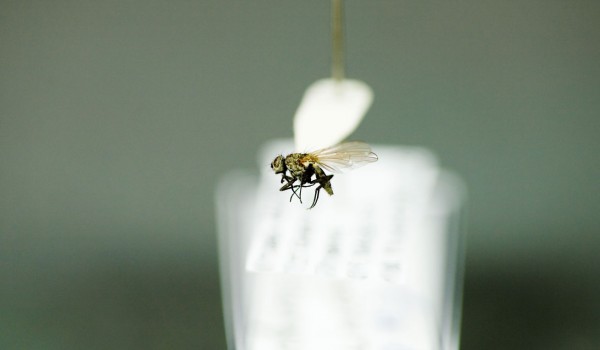
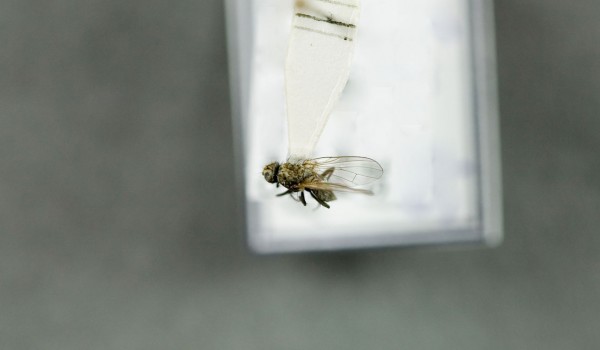
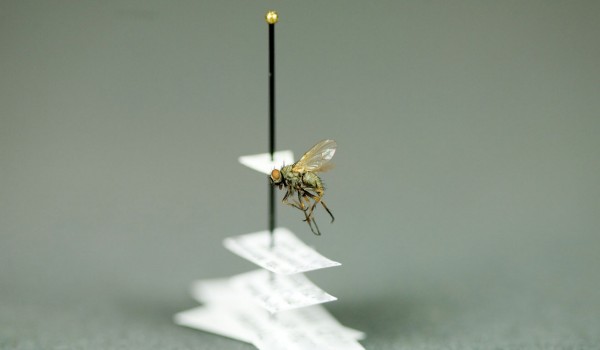
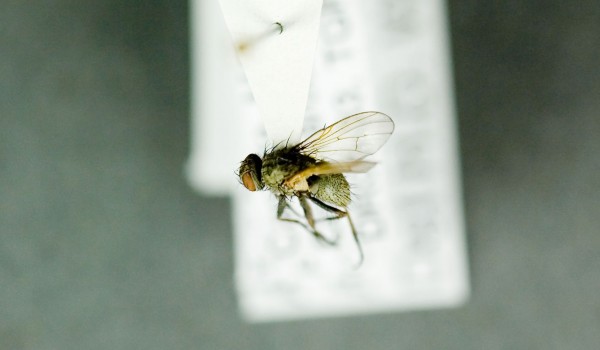
 Black-eyed Susan
Black-eyed Susan 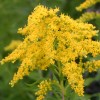 Canada Goldenrod
Canada Goldenrod 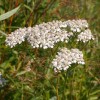 Common Yarrow
Common Yarrow 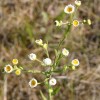 Daisy Fleabane
Daisy Fleabane 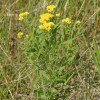 Flat-top Goldenrod
Flat-top Goldenrod 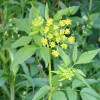 Golden Alexander
Golden Alexander  Heart-leaved Alexander
Heart-leaved Alexander  Large-flowered False Dandelion
Large-flowered False Dandelion 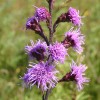 Meadow Blazingstar
Meadow Blazingstar 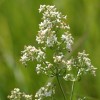 Northern Bedstraw
Northern Bedstraw 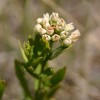 Pale Comandra
Pale Comandra 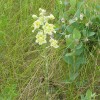 Smooth Camas
Smooth Camas 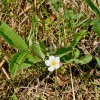 Smooth Wild Strawberry
Smooth Wild Strawberry 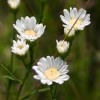 Upland White Goldenrod
Upland White Goldenrod 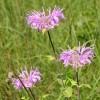 Wild Bergamot
Wild Bergamot